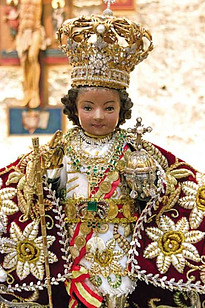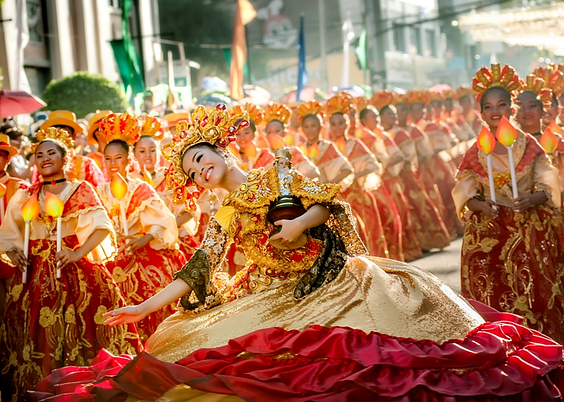
When January rolls around, Cebu City (Philippines) is vibrant and pulsating with energy, all thanks to the Viva Señor Santo Niño Festival. This event is celebrated on every 3rd Sunday of January; it’s a cornerstone of Filipino identity in the region, deeply interwoven with both historical and religious beliefs that give it a rich texture. I see it as more than a spectacle; it’s a living tradition that continues to shape and symbolize the commitments of the people.
To truly understand the festival’s gravity, one must acknowledge its multifarious importance. It’s not merely a tourist attraction, but a time-honored ritual that reinforces the societal values of solidarity and reverence. For the uninformed, Viva Señor Santo Niño might appear as a mere burst of color and pageantry, but for the locals, it’s a profound homage to the Holy Child Jesus-known as Santo Niño -to glorify, give thanks for the abundance of harvest, blessings, and a manifestation of the people strong religious faith.
The story of Viva Señor Santo Niño harks back to the age when the Spanish explorers, notably Ferdinand Magellan, first made their mark on the Philippine islands in 1521. This historical juncture marked the birth of what would become a deep-rooted religious tradition; it was here that the Santo Niño de Cebu—the oldest religious image in the Philippines—was gifted by Magellan to Queen Juana as a baptismal present. This pivotal moment laid the bedrock for the festival, linking the island’s past with its present faith.
Centuries on, the event still honors this encounter between native culture and Christian doctrine, capturing the enduring power of religion in shaping a community’s identity. The Viva Señor Santo Niño festival is a mix of the sacred and the secular, an event where historical memory and contemporary celebration intertwine.
 Photo by Daniel Ybañez
Photo by Daniel Ybañez
Embracing the Heartbeat of Cebuano Culture
As the Viva Señor Santo Niño festival draws to a close, it leaves behind a vivid tapestry of cultural expression that remains etched in the memories of both locals and visitors. The Sinulog parade, with its vibrant dances and colorful costumes, reminds us of the deep spiritual connection that Cebuanos share with their patron, Señor Santo Niño.
Each step taken in the dance, each beat of the drum, and each prayer whispered during the festival is indicative of the profound respect and love this community harbors for its traditions. It isn’t just about the display; it’s about communal identity, spirituality, and the bonds that have been reinforced over generations.
For those who experience the festival, the impact is LASTING and TRANSCENDENT. There is a sense of unity that transcends the festivities, seeping into the everyday lives of Cebu’s residents. It is this unity that fosters a social fabric capable of withstanding the tests of time and modernity.
The festival’s conclusion is not an end, but a reaffirmation of the Cebuano spirit. As the drums quiet down and the streets clear, the echo of ‘Viva Señor Santo Niño’ lingers, serving as a poignant reminder of a collective heritage that is cherished, nurtured, and passed on to the next generation with unyielding pride and fervor.
As an observer or participant, taking part in the Viva Señor Santo Niño festival is to share in a timeless tradition. It’s more than witnessing; it’s engaging with a resilient community that finds joy, solidarity, and meaning in their devotion. And for me, it’s a clear reminder that hope and communal celebration are the cornerstones of human connection and the true essence of the Viva Señor Santo Niño festival.